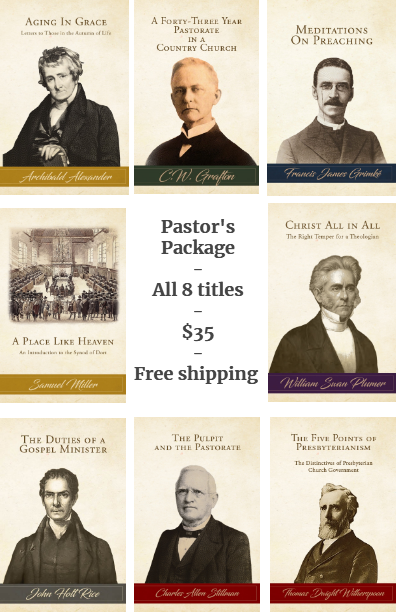(Receive our blog posts in your email by clicking here. If the author links in this post are broken, please visit our Free PDF Library and click on the author’s page directly.)
Just north of Richmond, Virginia, in the town of Mechanicsville, a most unusual structure resides. The Historic Polegreen Church — today often the site of weddings and other events — commemorates the church organized by Samuel Davies with an open frame. The original building was destroyed in the War Between the States in 1864. The present structure marks the site of the church, along with the Samuel Morris Reading Room which led to the revival of religion in central Virginia, a story which we have outlined before here.
Historic Polegreen Church (photo credit: R. Andrew Myers)
The historical significance of this place is well explained by markers at the site. Various signs tell the story of the birth of religious liberty here in the once-Anglican colony of Virginia, largely through the labors of Samuel Davies.
(Photo credit: R. Andrew Myers)
It was here that Hanover Presbytery was founded in 1755, the second presbytery in the American South, and the first to be connected to one of the main synods in the North.
(Photo credit: R. Andrew Myers)
Walking through the woods on a sunny day, despite the open-air nature of the structures, one can easily feel as though they were transported in time to a place where crowds assembled to hear the faithful preaching of God’s Word, or gathered simply to hear godly books read and discussed.
Samuel Morris Reading Room (photo credit: R. Andrew Myers).
The past is not dead, as we say, and here especially the history of colonial Presbyterianism is very much alive in the midst of the central Virginia woods. If you can visit, this historical site is well worth your time. Meanwhile, take time to read the works of Samuel Davies, to better understand the ministry of the Word that once resounded from the pulpit here. The legacy of an 18th century Presbyterian revival speaks to us today in the 21st century.
(Photo credit: R. Andrew Myers)








